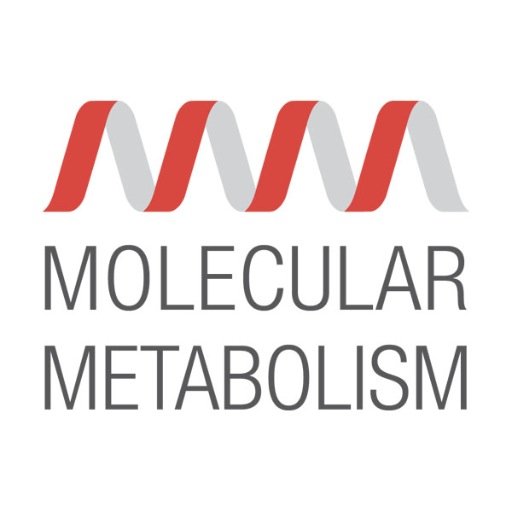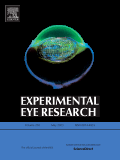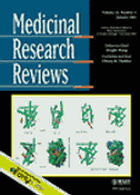
“Extreme obesity is a core phenotypic feature of Prader–Willi syndrome (PWS). Among numerous metabolic regulators, the endocannabinoid (eCB) system is critically involved in controlling feeding, body weight, and energy metabolism, and a globally acting cannabinoid-1 receptor (CB1R) blockade reverses obesity both in animals and humans.
We studied eCB ‘tone’ in individuals with PWS and in the Magel2-null mouse model that recapitulates the major metabolic phenotypes of PWS and determined the efficacy of a peripherally restricted CB1R antagonist, JD5037 in treating obesity in these mice.
In conclusion, the current study provides the first evidence that the eCB system may contribute to severe obesity both in PWS children and adults and in an established mouse model for this syndrome. Our results confirm that the eCB system contributes to the metabolic phenotype associated with PWS. Moreover, specifically targeting the peripheral eCB system in obese Magel2-null mice was found to be as efficacious as in DIO animals, and, therefore, it may represent a novel approach to treating obesity and its complications in PWS. This would also provide the rationale for the development and clinical testing of peripherally restricted CB1R antagonists for treating obesity in PWS.” https://www.ncbi.nlm.nih.gov/pmc/articles/PMC5123200/
“Cannabinoid-1 receptor (CB1R) blockers as medicines: beyond obesity and cardiometabolic disorders to substance abuse/drug addiction with CB1R neutral antagonists.” https://www.ncbi.nlm.nih.gov/pubmed/22335400
“The phytocannabinoid, Delta(9)-tetrahydrocannabivarin (THCV), can block cannabinoid CB(1) receptors” http://www.ncbi.nlm.nih.gov/pmc/articles/PMC2931567/









